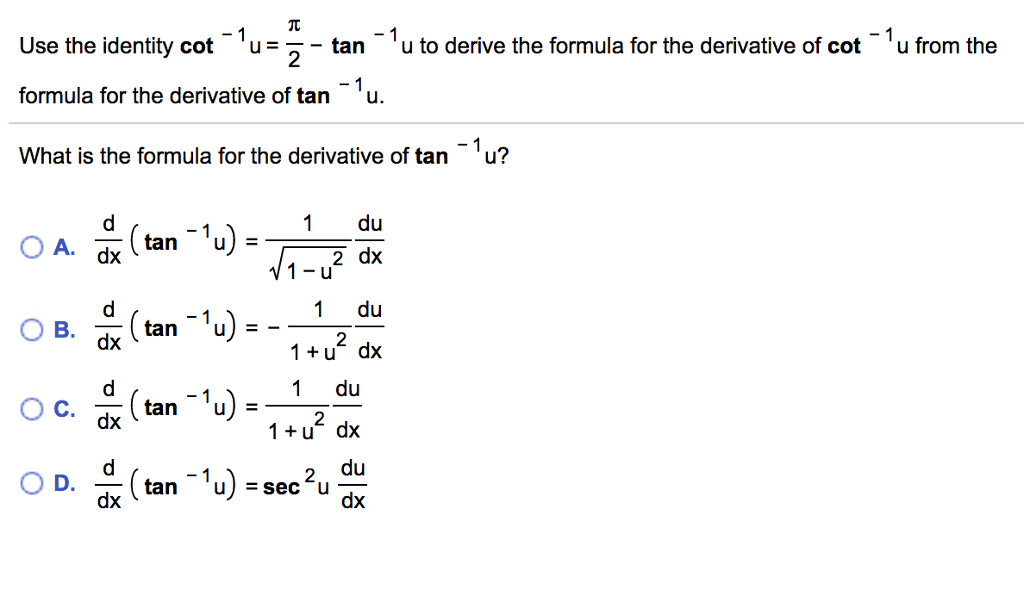If u = tan^-1(x^3 + y^3/x + y), prove that x ∂u/∂x + y ∂u/∂y = sin 2u. - Sarthaks eConnect | Largest Online Education Community

SOLVED: Match each function with its double-angle formula. (a) sin(2u) 1 2 sin2(u) 2 sin(u) cos(u) 2 tan(u) 1 tan2(u) (b cos(zu) 1 2 sin2(u) 2 sin(u) cos(u) 2 tan(u) 1 tan2(u) (

if u=sin-1((x^2+y^2)/(x+y)). then show that x(du/dx)+y(du/dy)=tan u. MATHEMATICS-1 question answer collection
What are the exact values of sin(u/2), cos(u/2), and tan(u/2) (using the half-angle formulas) if cosu = 5/13, 0 < u < 𝜋/2? - Quora

Sum and Difference Formulas Section 5.4. Exploration: Are the following functions equal? a) Y = Cos (x + 2)b) Y = Cos x + Cos 2 How can we determine. - ppt download



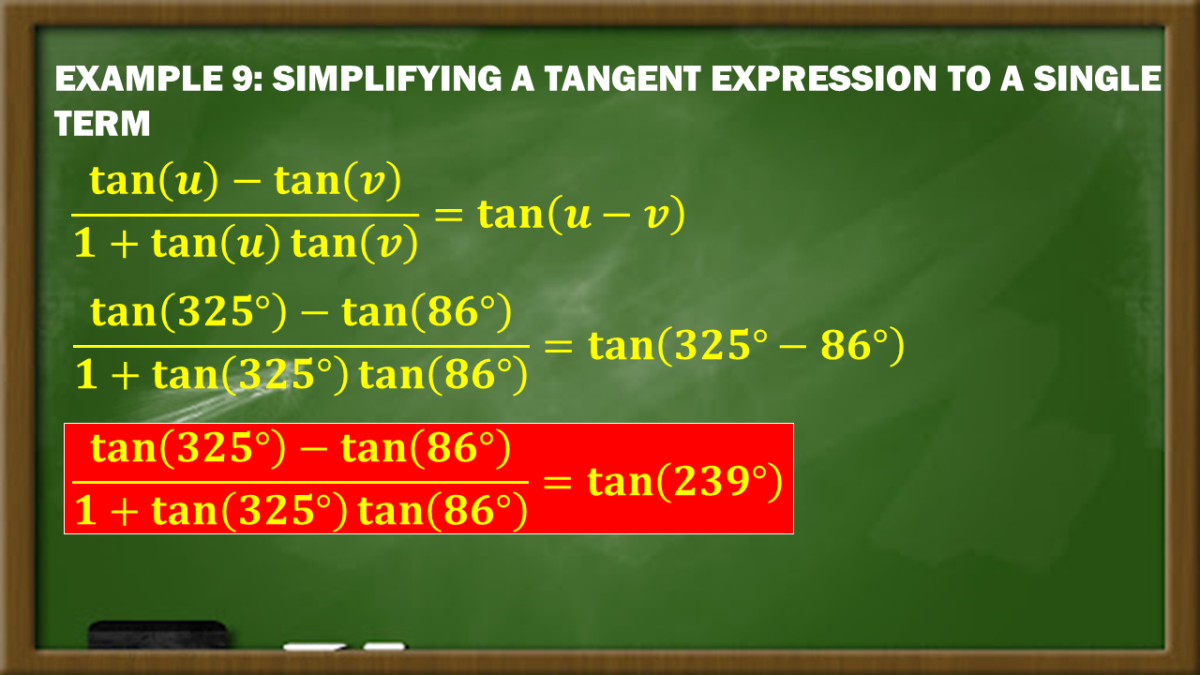


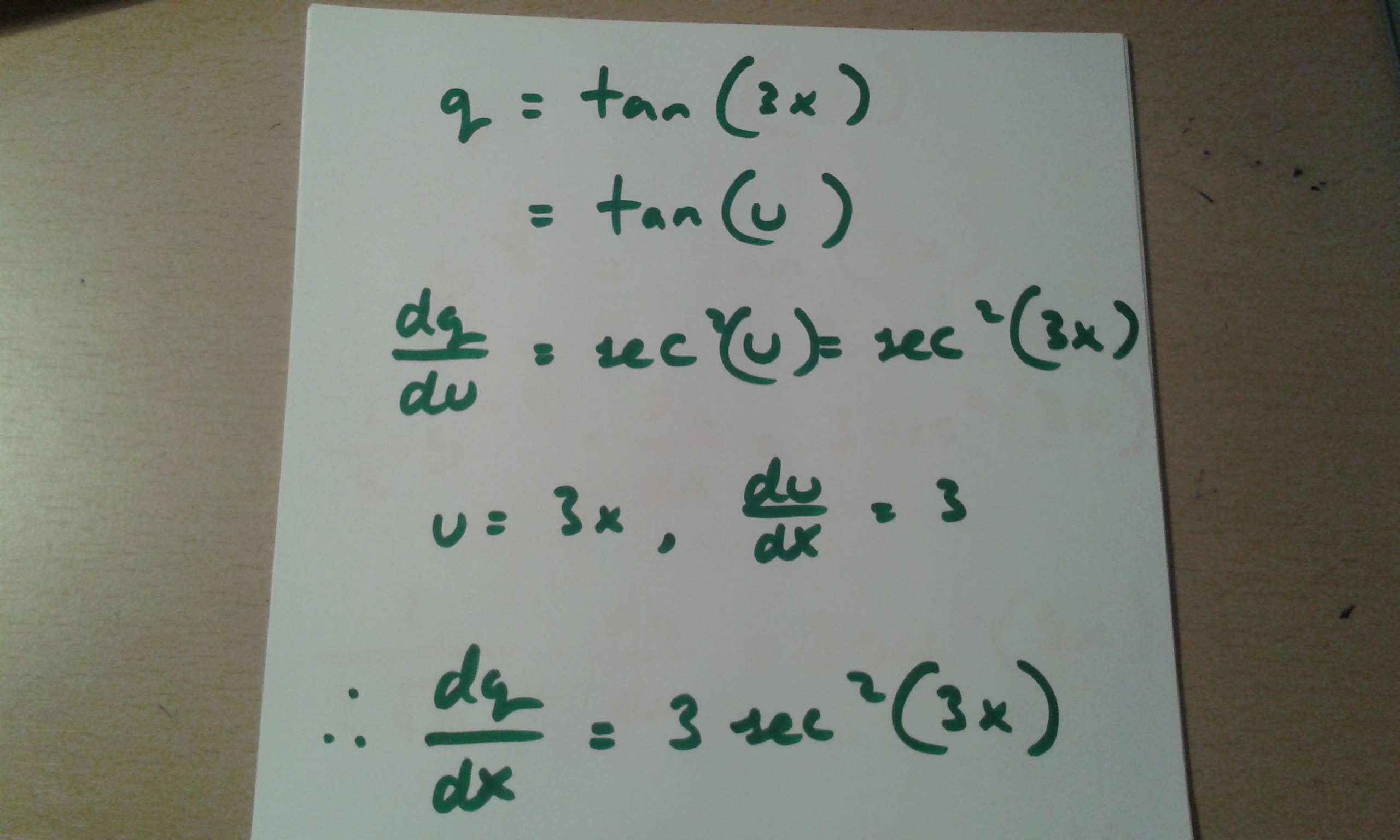


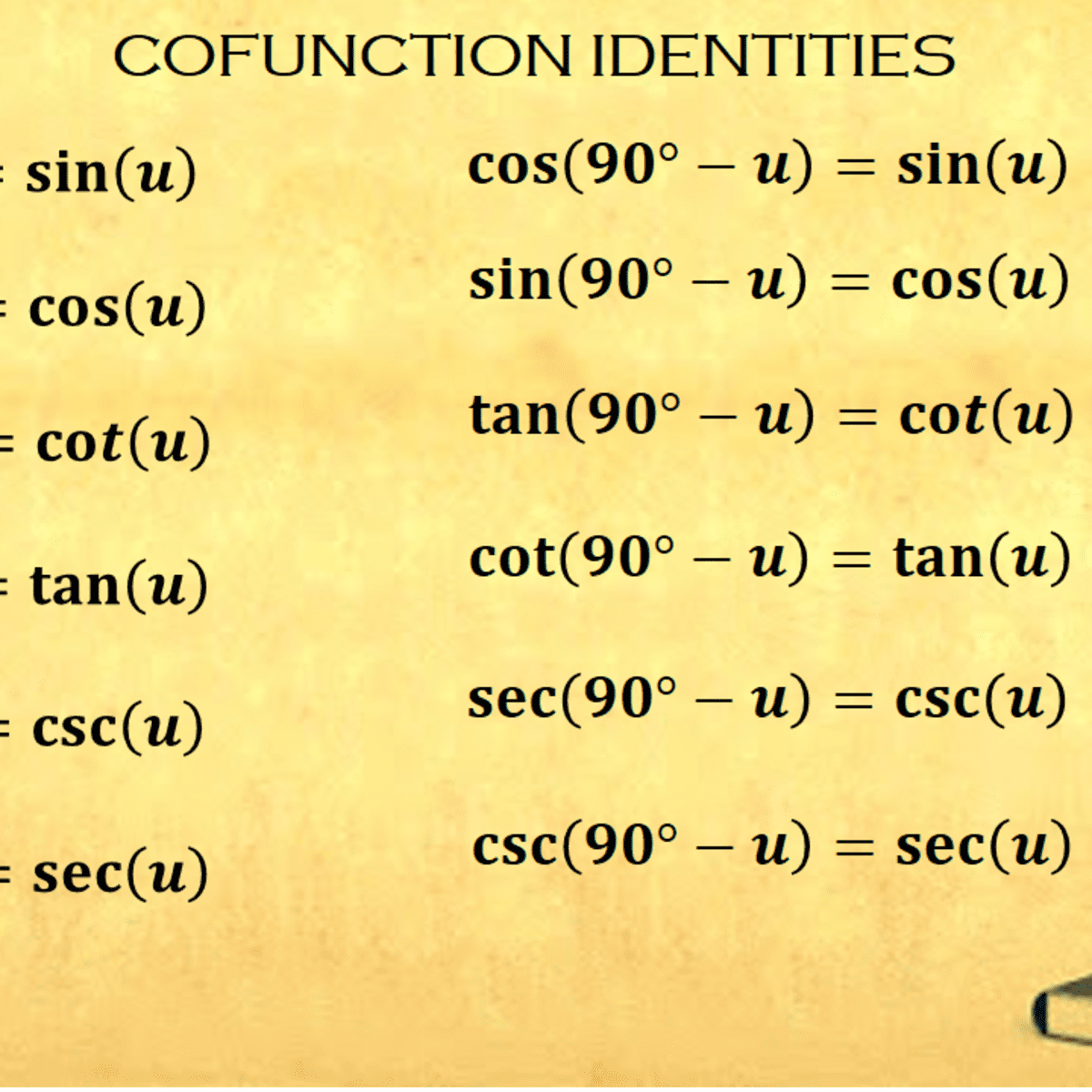

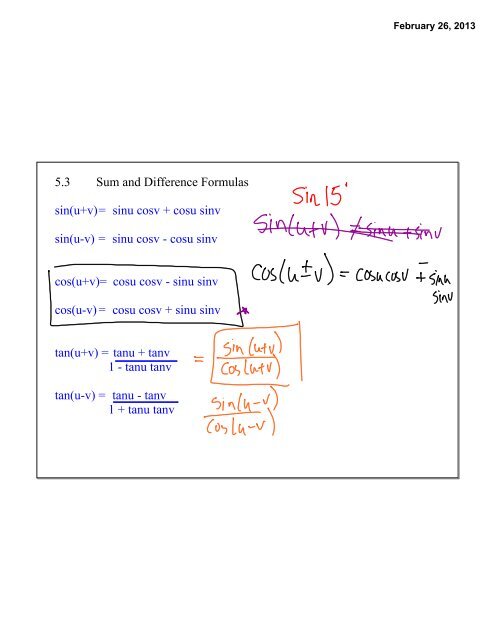


}{\sec^{2}(u)}&line2=\mathrm{Solution:\:}\sin(2u))






